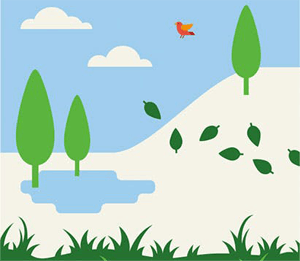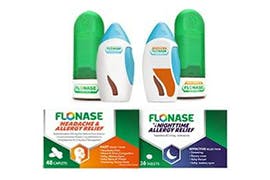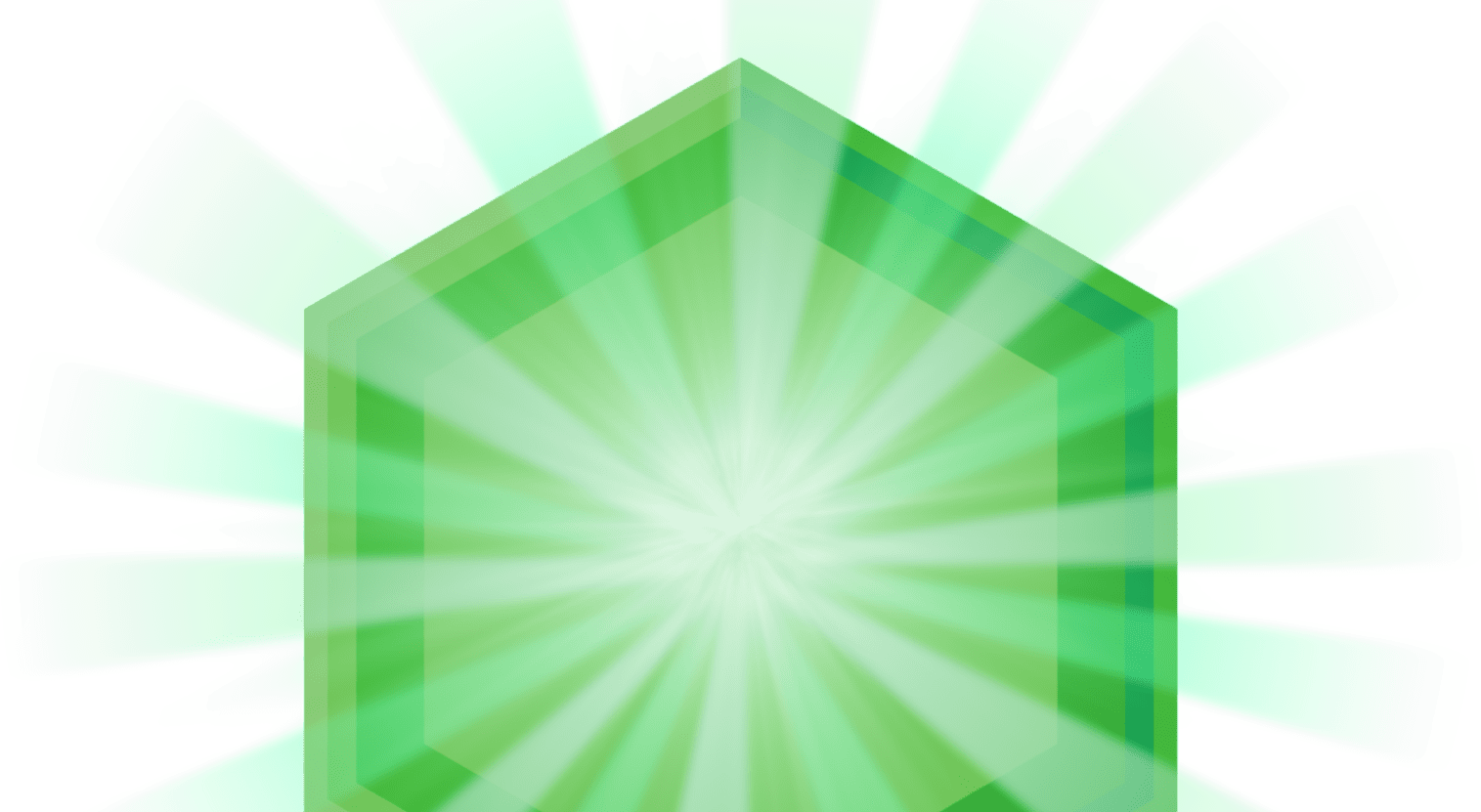Test Your Knowledge: Indoor vs. Outdoor Allergies Quiz
AIRBORNE ALLERGENS
How well acquainted are you with the outdoor and indoor allergens in your life? Here are some that are right under your nose.

OUTDOOR ALLERGIES
TREE POLLEN
Trees are the first plants to produce pollen each spring. Depending on where you live, tree pollen season can start in late winter or early spring.1
LEAF MOLD
In the fall, piles of rotting leaves provide ideal conditions for mold to thrive. Leaf mold goes dormant in the winter but resumes growing as soon as the weather gets warmer.2
GRASS POLLEN
Grass pollen is released from late spring through early summer and, because grasses are so widely grown, they’re responsible for a lot of nasal allergy symptoms.1
RAGWEED
Ragweed plants are among the top pollen producers in North America. Late summer to early fall is the peak time for weed pollen.1
INDOOR ALLERGIES
BLACK MOLD
Extreme humidity, flooding, or other types of water damage spur black mold growth. It tends to grow on building materials like fiberboard and on paper, dust, and lint.3
DUST MITES
Extreme humidity, flooding, or other types of water damage spur black mold growth. It tends to grow on building materials like fiberboard and on paper, dust, and lint.3
CAT DANDER
Cat dander (microscopic bits of skin and saliva) is the most problematic among pet-related allergy triggers.5,6
DOG DANDER
Dog dander (microscopic bits of skin and saliva) is an airborne allergen that tends to adhere to walls, clothing, and other surfaces.5

OUTDOOR ALLERGIES

TREE POLLEN
Trees are the first plants to produce pollen each spring. Depending on where you live, tree pollen season can start in late winter or early spring.1

LEAF MOLD
In the fall, piles of rotting leaves provide ideal conditions for mold to thrive. Leaf mold goes dormant in the winter but resumes growing as soon as the weather gets warmer.2

GRASS POLLEN
Grass pollen is released from late spring through early summer and, because grasses are so widely grown, they’re responsible for a lot of nasal allergy symptoms.1

RAGWEED
Ragweed plants are among the top pollen producers in North America. Late summer to early fall is the peak time for weed pollen.1
INDOOR ALLERGIES

BLACK MOLD
Extreme humidity, flooding, or other types of water damage spur black mold growth. It tends to grow on building materials like fiberboard and on paper, dust, and lint.3

DUST MITES
Extreme humidity, flooding, or other types of water damage spur black mold growth. It tends to grow on building materials like fiberboard and on paper, dust, and lint.3

CAT DANDER
Cat dander (microscopic bits of skin and saliva) is the most problematic among pet-related allergy triggers.5,6

DOG DANDER
Dog dander (microscopic bits of skin and saliva) is an airborne allergen that tends to adhere to walls, clothing, and other surfaces.5
Sources:
1. Medline Plus. Dust mite allergy. http://www.aafa.org/dust-mite-allergy/. Accessed October 16, 2018.
2. CDC.gov. Facts about Stachybotrys chartarum and Other Molds. http://www.cdc.gov/mold/stachy.htm. Page updated September 18, 2012. Page accessed October 16, 2018.
3. The Lowdown on Snow Mold. Donna M. Boyle. McCauley News. Volume 32, Number 3. April 2011. https://bmcnews.org/story/the-lowdown- on-snow-mold. Accessed October 16, 2018.
4. ACAAI. Types of allergies: Pollen allergy.https://acaai.org/allergies/seasonal-allergies. Accessed October 16, 2018.
5. ASPCA. Are You Allergic To Your Pet? https://www.aspca.org/pet-care/general-pet-care/are-you-allergic-your-pet. Retrieved October 16, 2018.
6. 2012 U.S. Pet Ownership & Demographic Sourcebook, American Veterinary Medical Association. https://www.avma.org/resources/reports-statistics/market-research-statistics-us-pet-ownership-2012.
Accessed October 16, 2018.




